

Articles
How To Store Acoustic Guitar
Modified: January 21, 2024
Learn the best tips and techniques for storing your acoustic guitar in this comprehensive guide. From temperature control to cleaning, our articles cover all aspects of guitar storage.
(Many of the links in this article redirect to a specific reviewed product. Your purchase of these products through affiliate links helps to generate commission for Storables.com, at no extra cost. Learn more)
Introduction
Welcome to the world of acoustic guitars! Whether you’re a seasoned guitarist or a beginner, one thing is certain – your acoustic guitar is a prized possession that deserves proper care and storage. By taking the necessary steps to store your acoustic guitar correctly, you can ensure its longevity, playability, and sound quality for years to come.
In this article, we will walk you through the essential steps of storing your acoustic guitar. From cleaning and preparing the instrument to maintaining humidity levels and avoiding extreme temperatures, we will cover everything you need to know to keep your guitar in optimal condition.
So, let’s dive in and learn how to properly store an acoustic guitar!
Key Takeaways:
- Properly storing an acoustic guitar involves cleaning, choosing the right storage location, using a guitar stand or case, maintaining humidity levels, and avoiding extreme temperatures. By following these steps, you can ensure your guitar’s longevity and playability.
- Regular inspection and maintenance are crucial for preserving the beauty and sound quality of your acoustic guitar. By caring for your instrument with diligence, you can enjoy its melodic charm for years to come.
Read more: How To Store An Acoustic Guitar
Step 1: Cleaning and Preparing the Acoustic Guitar
Before storing your acoustic guitar, it’s essential to give it a thorough cleaning and prepare it for safekeeping. This step ensures that any dirt, grime, or excess moisture is removed, preventing damage to the instrument over time.
Start by gently wiping down the body, neck, and strings of the guitar using a soft, lint-free cloth. This will remove any dust or fingerprints that may have accumulated while playing. Avoid using harsh chemicals or cleaning agents, as they can potentially damage the finish of the guitar.
If you notice any stubborn dirt or residue, you can use a slightly damp cloth or a specialized guitar cleaning solution. Apply the solution sparingly and follow the manufacturer’s instructions carefully. Be sure to dry the guitar thoroughly afterwards to prevent any moisture from seeping into the wood.
Next, ensure that the guitar’s fretboard is well-maintained. You can use a small amount of lemon oil or a fretboard conditioner specifically designed for acoustic guitars to hydrate and clean the wood. Apply the oil to a clean cloth and gently rub it into the fretboard, wiping away any excess oil afterward.
Once the guitar is clean and dry, it’s time to loosen the strings slightly. This helps to relieve tension on the neck while the guitar is in storage and prevents warping or damage. However, be cautious not to loosen them too much, as this can cause the neck to shift and affect the guitar’s playability.
Lastly, while not essential for storing the guitar, it’s a good idea to polish the body of the instrument to maintain its shine and protect the finish. Use a guitar polish and a soft cloth to gently buff the body, following the instructions provided by the manufacturer.
By taking the time to clean and prepare your acoustic guitar, you are setting it up for long-term storage success. Now let’s move on to the next step – choosing the right storage location.
Step 2: Choosing the Right Storage Location
Now that your acoustic guitar is clean and prepared, it’s crucial to find the right storage location to protect it from potential damage. The ideal storage environment should provide stability in temperature and humidity levels, shielding the guitar from extreme conditions that can cause warping, cracking, or other harm.
Firstly, consider the room temperature. It’s best to choose a storage location where the temperature remains consistent throughout the year. Extreme heat or cold can adversely affect the wood and overall integrity of the guitar. Avoid areas near radiators, air conditioning vents, or windows that face direct sunlight, as these can cause temperature fluctuations.
Humidity is another crucial factor to consider. Acoustic guitars are made of wood, and they require a specific level of humidity to prevent the wood from drying out or swelling. A stable relative humidity (RH) of around 40-50% is considered ideal for most acoustic guitars. Invest in a hygrometer to monitor the humidity levels in the storage space. If necessary, use a humidifier or dehumidifier to maintain the desired RH level.
Furthermore, it’s important to keep your guitar away from areas with high moisture, such as basements, bathrooms, or kitchens. Excessive humidity can lead to wood expansion, causing the guitar to become unplayable.
Avoid storing the guitar near sources of vibration, such as washing machines, speakers, or heavy foot traffic areas. Vibrations can affect the guitar’s structural integrity, string tension, and overall sound quality.
Lastly, consider security when choosing a storage location. It’s advisable to keep your guitar in a relatively secure area to minimize the risk of theft or accidental damage. If possible, store it in a room with limited access or invest in a quality guitar case or lockable cabinet.
By selecting an appropriate storage location, you provide your acoustic guitar with a safe and stable environment to thrive in. Next, we’ll explore different options for supporting and storing your guitar.
Step 3: Using a Guitar Stand or Hanger
Once you have chosen the right storage location for your acoustic guitar, it’s time to consider how to physically support and display the instrument. Using a guitar stand or hanger is an excellent way to keep your guitar easily accessible while minimizing the risk of accidental damage.
A guitar stand is a convenient and popular option for storing your acoustic guitar. It allows you to securely place the guitar in an upright position, keeping it off the ground and preventing it from leaning against other objects. When selecting a guitar stand, ensure that it is stable, has a soft padding or foam covering to protect the guitar’s finish, and is suitable for acoustic guitars.
Another option is using a guitar hanger or wall mount. This method not only provides a safe storage solution but also doubles as a display piece, showcasing your beloved guitar in all its glory. Guitar hangers typically install on the wall, allowing you to hang your guitar horizontally or at an angle. They keep the guitar off the floor, preventing tripping hazards and accidental bumps.
When using a guitar stand or hanger, it’s crucial to position them in a safe location within your storage space. Ensure that the stand or hanger is stable and placed away from areas with high foot traffic or where it can be easily bumped. You can also consider using wall anchors for added stability, especially if you have multiple guitars or heavier acoustic models.
Using a guitar stand or hanger not only protects your instrument but also allows you to showcase your guitar as a piece of art. Now that you have the proper support system, let’s move on to the next step – storing your guitar in a case or gig bag.
Step 4: Storing in a Guitar Case or Gig Bag
When it comes to storing your acoustic guitar, using a guitar case or gig bag is highly recommended. These protective enclosures safeguard your instrument from dust, moisture, and accidental damage while providing an extra layer of insulation.
A hard-shell guitar case offers maximum protection for your acoustic guitar. It is typically made of sturdy materials such as wood or molded plastic, providing rigidity and impact resistance. Hard cases are designed to fit specific guitar models, ensuring a secure and snug fit. They also feature soft padding or plush lining to cushion the guitar and prevent scratches.
If you prefer a more lightweight and portable option, a gig bag is an excellent choice. Gig bags are made of durable fabric, usually with padding and reinforced stitching. They have handles or shoulder straps for easy transportation and pockets to store accessories like picks, strings, and tuners.
When storing your guitar in a case or gig bag, there are a few key practices to follow. Firstly, make sure the instrument is clean and dry before placing it inside. This prevents any moisture or debris from getting trapped and potentially causing damage. Additionally, loosen the guitar strings slightly to relieve tension on the neck while it is in storage.
When placing the guitar in the case or gig bag, ensure that it is properly secured. Fasten any latches or zippers tightly, and position the guitar in a way that minimizes movement. This will prevent the guitar from shifting or bumping against the case, reducing the risk of scratches or other damage.
Lastly, store the guitar case or gig bag in an upright position, away from potential hazards such as heavy objects or extreme temperature changes. Avoid stacking other items on top of the case, as this can put unnecessary pressure on the guitar.
By storing your acoustic guitar in a reliable case or gig bag, you provide an added layer of protection that will keep your instrument safe from harm. Next, let’s explore the importance of maintaining humidity levels to preserve the health of your guitar.
Store your acoustic guitar in a hard case or a humidity-controlled environment to protect it from damage. Keep it away from direct sunlight and extreme temperatures. Loosen the strings to reduce tension when not in use.
Read more: How To Store A Guitar
Step 5: Maintaining Humidity Levels
Maintaining the proper humidity levels for your acoustic guitar is essential in preserving its structural integrity and preventing damage. As mentioned earlier, a stable relative humidity (RH) of around 40-50% is generally considered optimal for most acoustic guitars.
Excessive humidity can cause the wood to expand, leading to warping, swelling, and potential damage to the guitar’s finish. On the other hand, low humidity levels can cause the wood to dry out, leading to shrinking, cracking, and potential structural issues.
To maintain the ideal humidity range, you can use a hygrometer to measure the humidity levels in the storage space. If the humidity is too high, you may need to use a dehumidifier to reduce the moisture in the air. Conversely, if the humidity is too low, a humidifier can be used to add moisture to the air.
There are specific guitar humidifiers available that are designed to regulate humidity inside the guitar case. These can be placed in the soundhole or between the strings to ensure that the entire instrument is exposed to the proper humidity level.
It’s important to note that you should avoid sudden changes in humidity levels, as rapid fluctuations can be detrimental to the guitar. Gradual changes are preferred to allow the wood to adjust slowly.
In regions with extreme climate variations, such as dry winters or humid summers, extra caution is needed to maintain the humidity levels. Consider using a room humidifier or dehumidifier to regulate the overall humidity in the storage area.
Regularly monitoring and maintaining humidity levels is essential for the health of your acoustic guitar. By doing so, you protect the instrument from potential damage caused by fluctuations in moisture. Now, let’s explore the next step – avoiding extreme temperatures.
Step 6: Avoiding Extreme Temperatures
Extreme temperatures can have a significant impact on the overall condition of your acoustic guitar. Both excessive heat and cold can adversely affect the wood, glue, and finish of the instrument, leading to warping, cracking, and other structural issues.
It is crucial to store your acoustic guitar in a location where the temperature remains relatively stable throughout the year. Avoid areas that are subject to extreme temperature fluctuations, such as near windows, doors, or vents.
Excessive heat can cause the glue used in the construction of the guitar to weaken, potentially resulting in loose bracing or other structural problems. High temperatures can also cause the wood to dry out, leading to shrinkage, cracks, and potentially affecting the guitar’s playability.
On the other hand, extreme cold can cause the wood to contract, potentially leading to fret sprout and changes in the guitar’s setup. Additionally, rapid shifts in temperature can lead to condensation forming on the guitar, which can damage the finish and contribute to wood swelling or warping.
If you live in an area with extreme temperature conditions, it is especially important to take extra precautions. Consider using a temperature-controlled storage area, such as a climate-controlled room or storage unit. These controlled environments help maintain a consistent temperature and humidity level, protecting your acoustic guitar from extreme fluctuations.
If you need to transport your guitar in extreme temperatures, it’s advisable to use a protective case or gig bag with insulation properties. This helps buffer the guitar from sudden temperature changes during transportation.
By avoiding extreme temperatures and providing a stable environment for your acoustic guitar, you ensure its long-term health and playability. Now, let’s move on to the final step – regularly inspecting and maintaining your guitar.
Step 7: Regularly Inspecting and Maintaining the Guitar
Regular inspection and maintenance of your acoustic guitar are crucial for its longevity and optimal performance. By routinely checking the instrument, you can identify any potential issues early on and take corrective measures to prevent further damage.
Start by visually inspecting the guitar for any signs of wear or damage. Look for cracks, dents, or scratches on the body, neck, and headstock. Check the hardware, such as the tuning pegs, bridge, and saddle, for any signs of looseness or corrosion.
Inspect the fretboard for any fret wear or unevenness. Frets that are worn or uneven can affect the playability and intonation of the guitar. If necessary, consult a professional guitar technician to address these issues and ensure proper fret leveling and dressing.
Check the strings for signs of wear or corrosion. Over time, strings can become dull, lose their tone, or even break. Replace worn-out strings with a fresh set to maintain optimal tonal quality and playability.
During the inspection, also pay attention to the action of the guitar, which refers to the height of the strings from the fretboard. If you notice any buzzing or difficulty in playing certain frets, it may be necessary to adjust the truss rod or saddle height. It’s advisable to consult a guitar technician for any necessary adjustments to avoid causing damage to the instrument.
Additionally, regularly clean and condition the guitar’s fretboard using specialized oils or conditioners to keep it hydrated and prevent any drying or cracking. Wipe down the body and other surfaces with a soft cloth to remove dust and fingerprints regularly.
Lastly, it’s important to tune your guitar regularly. Changes in temperature and humidity can affect the tension of the strings, leading to the guitar going out of tune. Keeping your guitar in proper tune not only ensures the best playing experience but also reduces unnecessary stress on the neck and other components.
By regularly inspecting and maintaining your acoustic guitar, you can ensure its longevity and optimal performance. Now that we’ve covered all the steps for proper guitar storage and maintenance, you are equipped with the knowledge to take care of your instrument and enjoy playing for years to come.
Conclusion
Properly storing and maintaining your acoustic guitar is essential in preserving its beauty, playability, and longevity. By following the steps outlined in this article, you can ensure that your instrument remains in optimal condition for years to come.
Start by cleaning and preparing your guitar to remove any dirt, grime, or excess moisture. Choose a suitable storage location that maintains stable temperature and humidity levels, and avoid extreme temperatures and areas with excessive moisture or vibration.
Using a guitar stand or hanger provides a safe and convenient way to keep your guitar accessible while minimizing the risk of accidental damage. Storing your guitar in a quality case or gig bag offers vital protection from dust, moisture, and impacts.
Maintaining the proper humidity levels and avoiding extreme temperatures are crucial factors in ensuring the health of your guitar. Regularly inspecting and maintaining your instrument helps you identify and address any issues before they worsen, ensuring optimal playability and sound quality.
Remember, your acoustic guitar is not just a musical instrument, but also a work of art and a precious investment. Treat it with care, and it will reward you with beautiful melodies and memorable moments.
By following these steps, you can enjoy the pleasure of playing your acoustic guitar for years to come, knowing that it is stored and maintained in the best possible way. Keep strumming and making music!
Frequently Asked Questions about How To Store Acoustic Guitar
Was this page helpful?
At Storables.com, we guarantee accurate and reliable information. Our content, validated by Expert Board Contributors, is crafted following stringent Editorial Policies. We're committed to providing you with well-researched, expert-backed insights for all your informational needs.


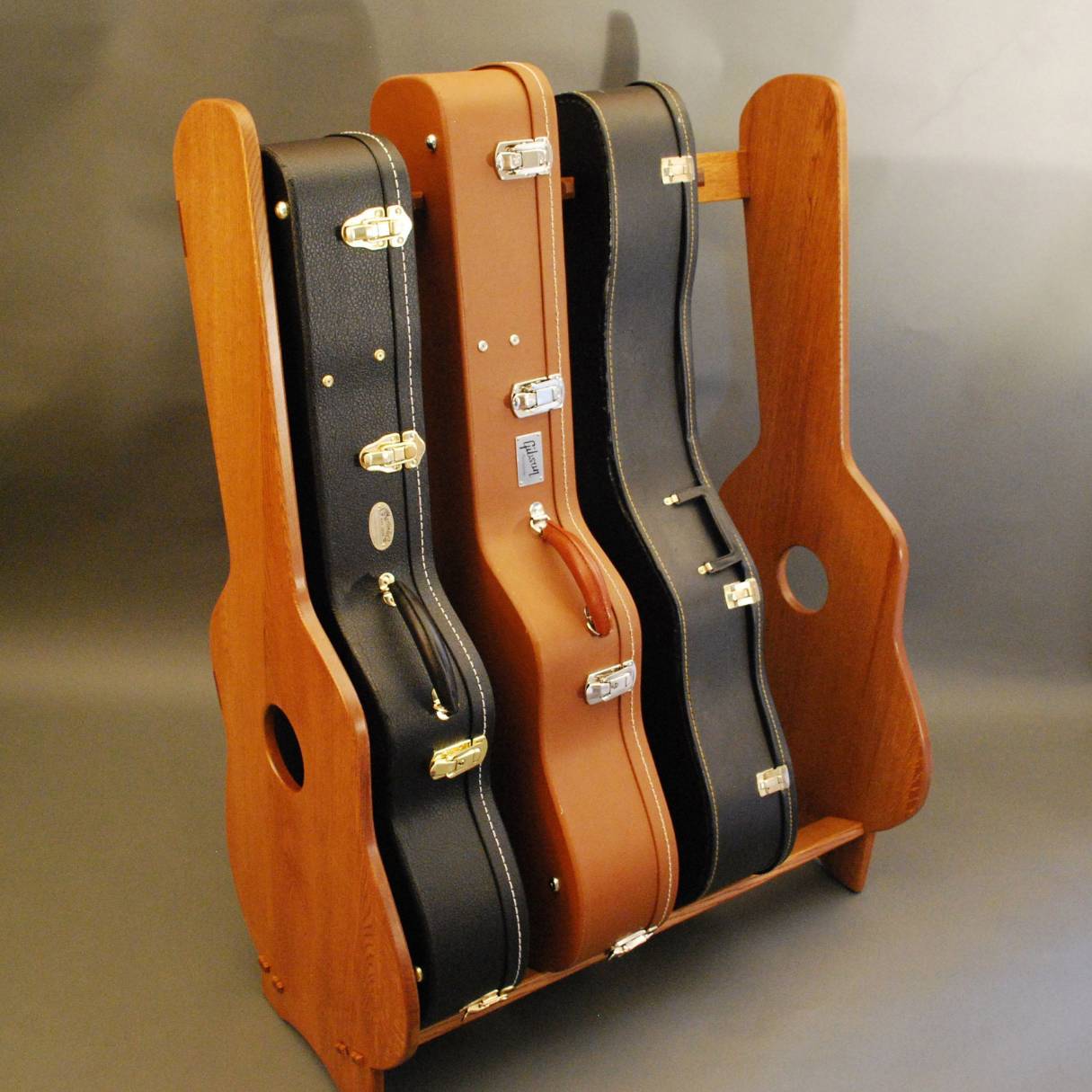
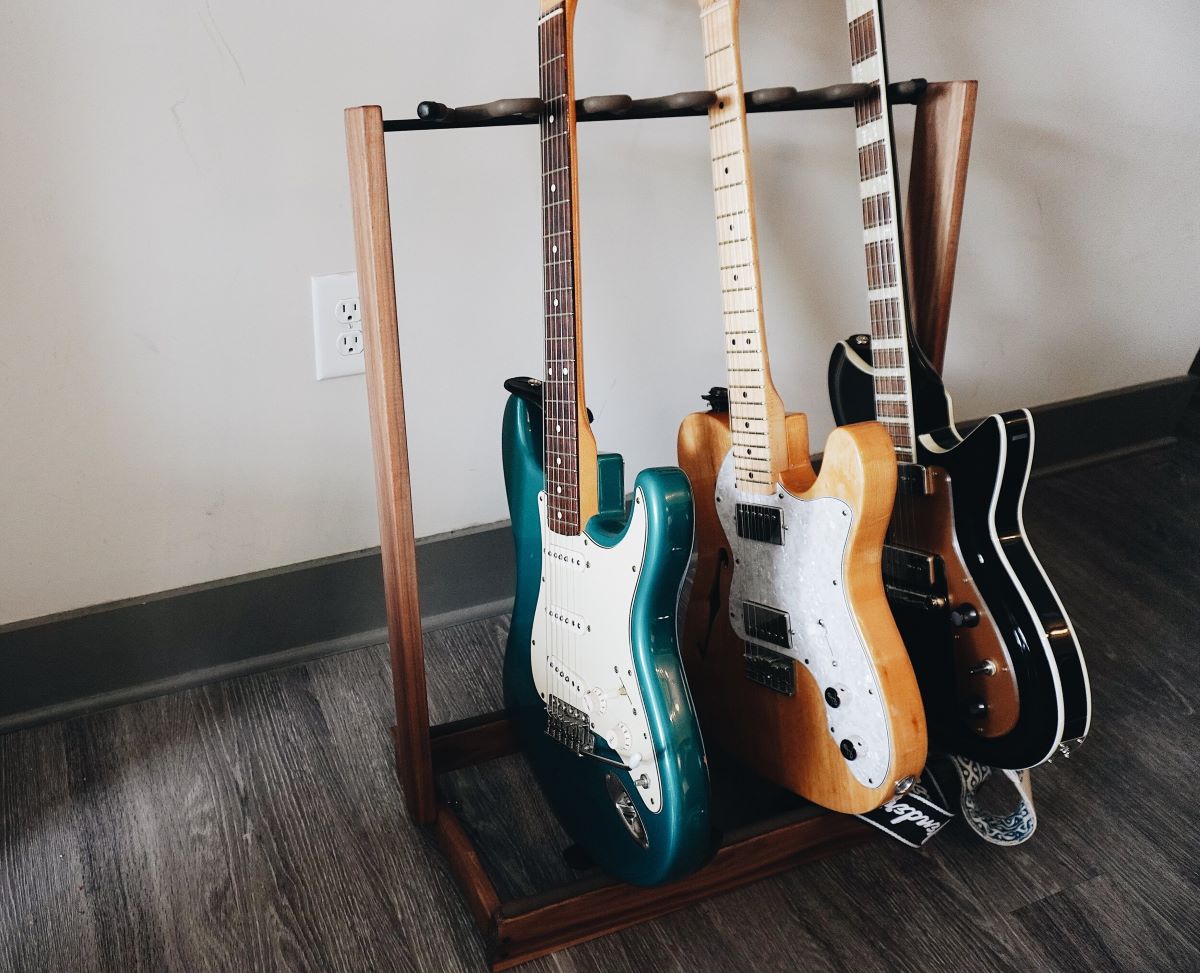
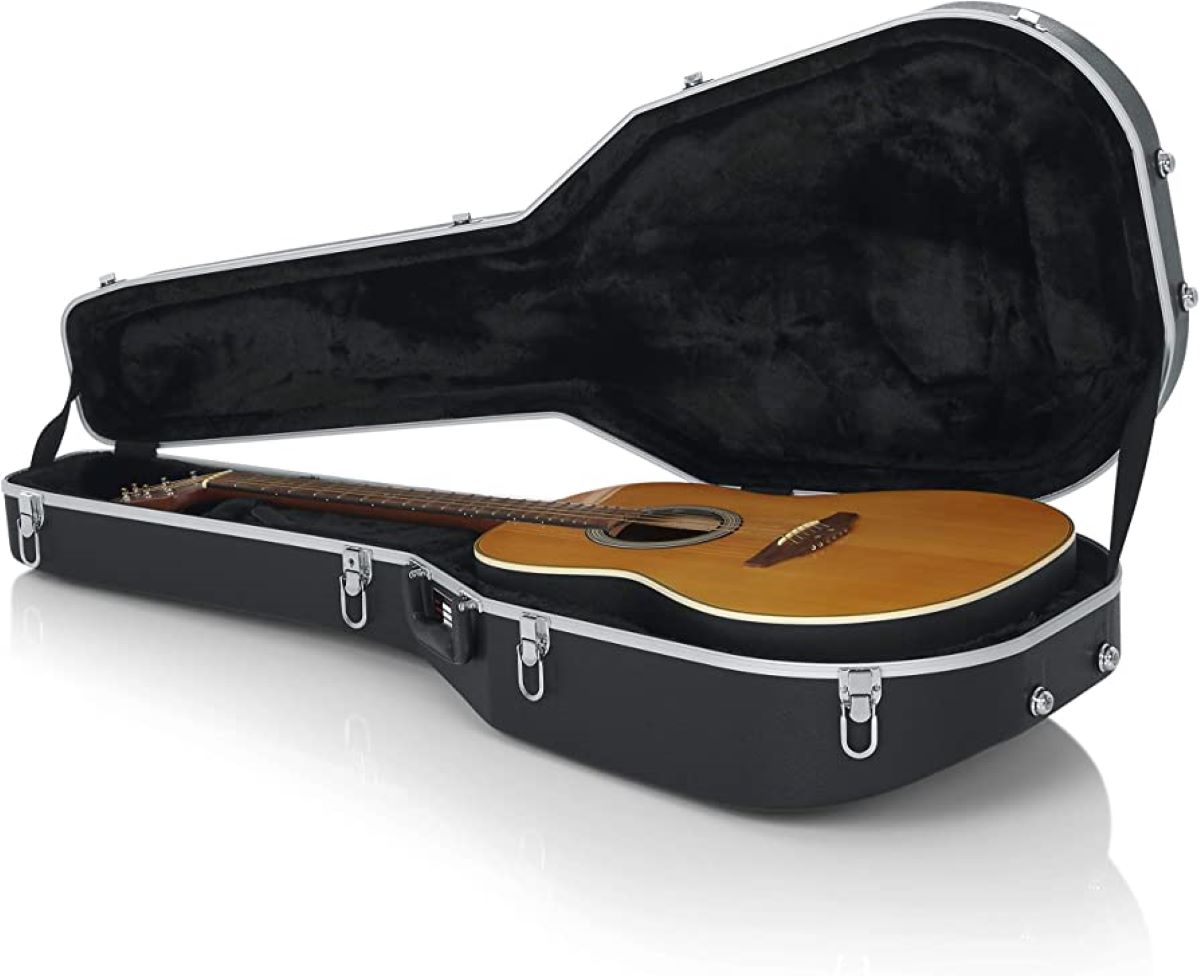


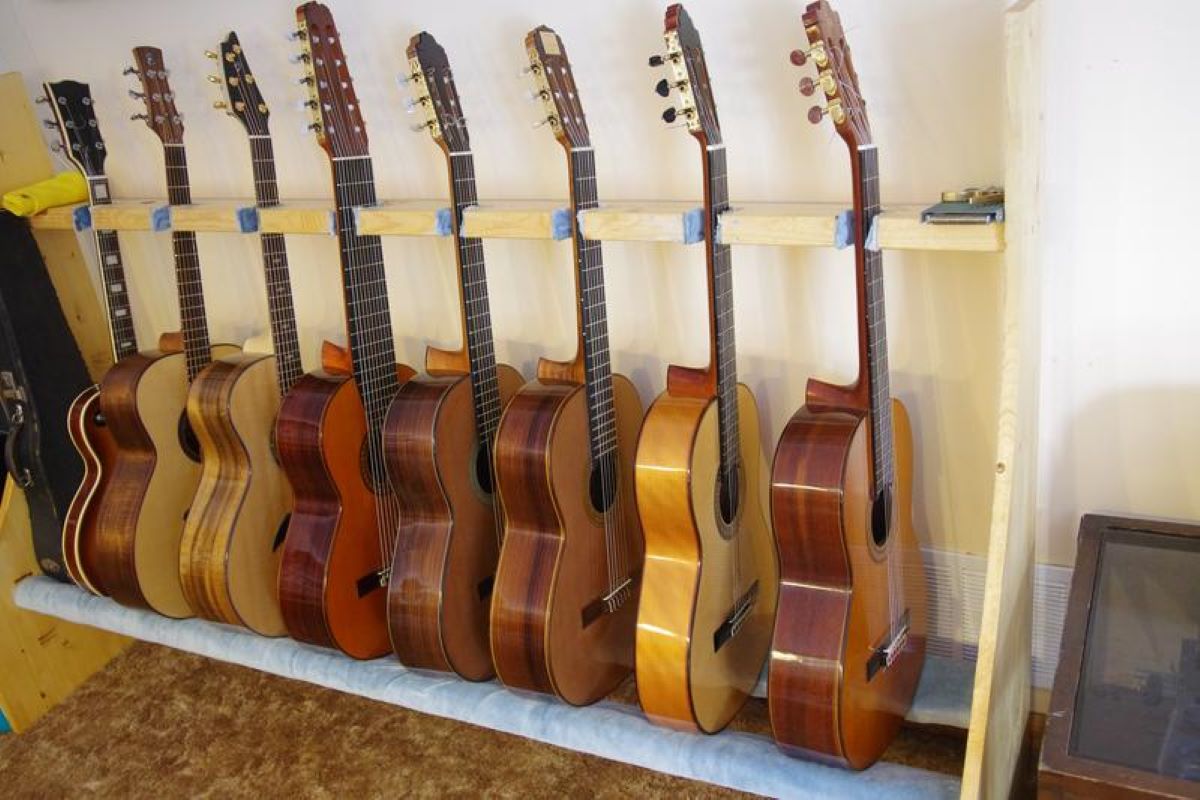
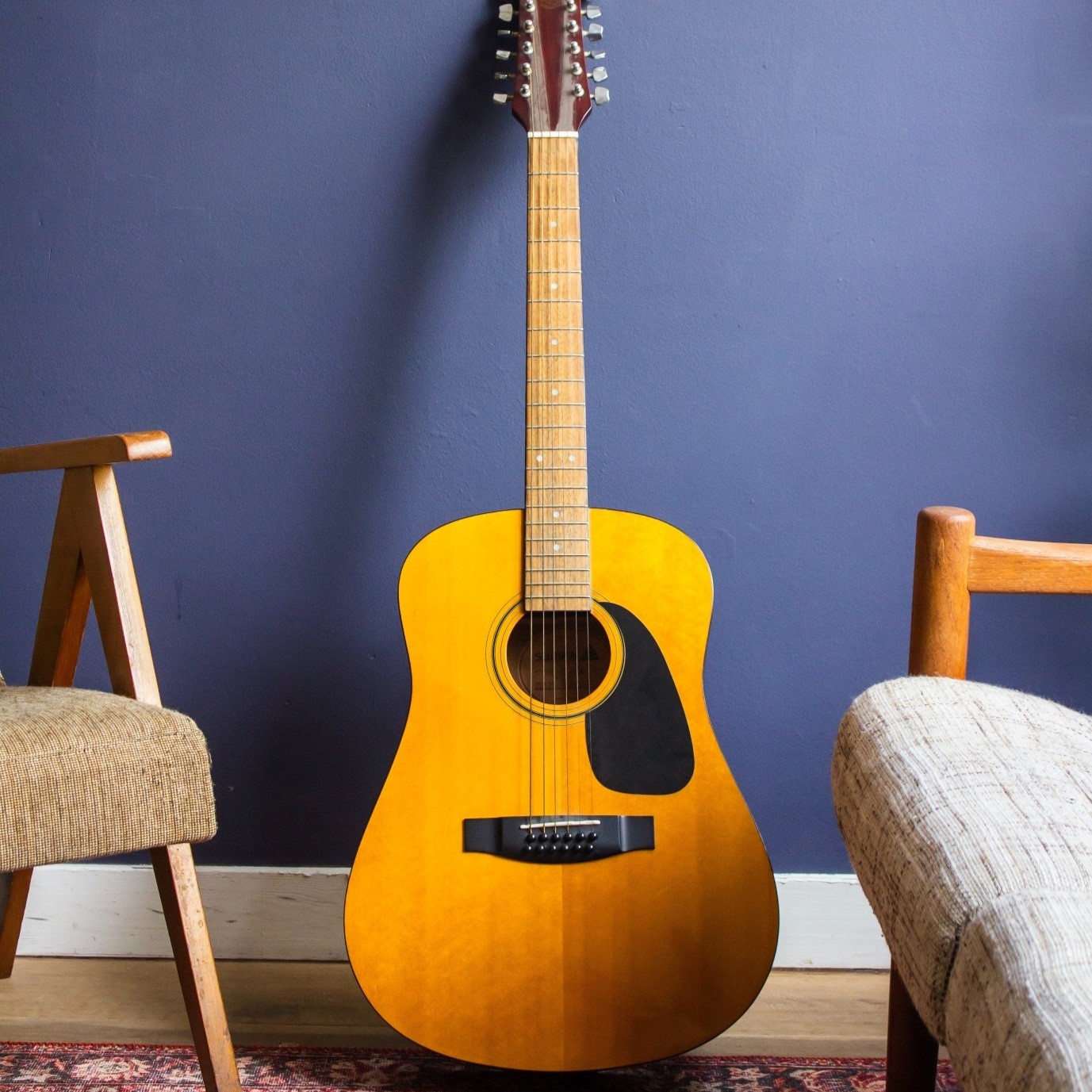






0 thoughts on “How To Store Acoustic Guitar”